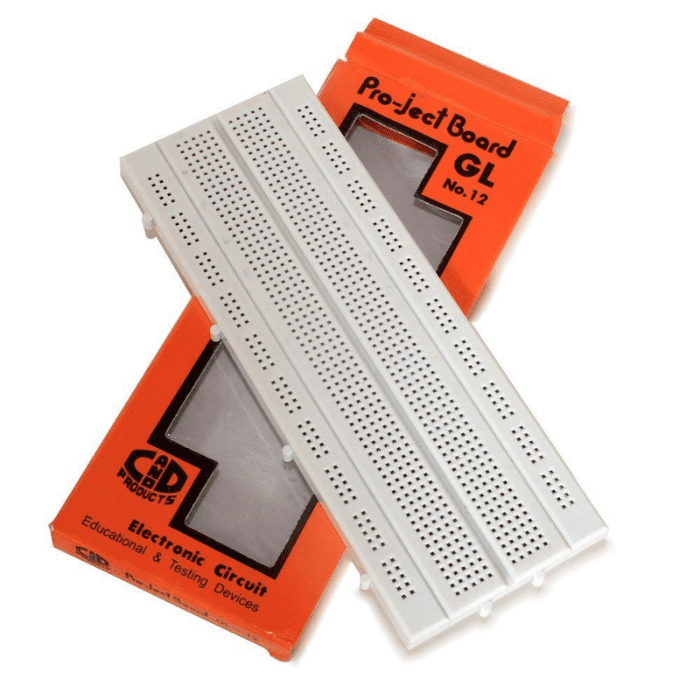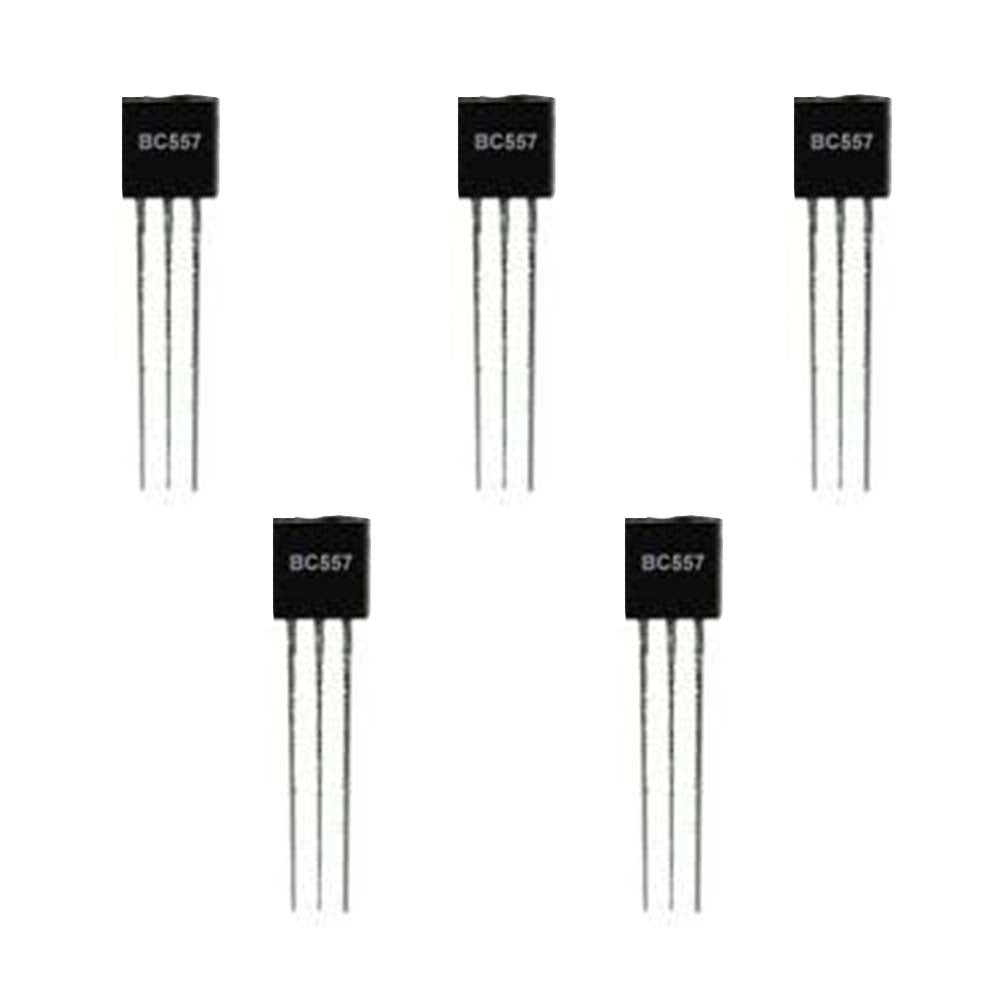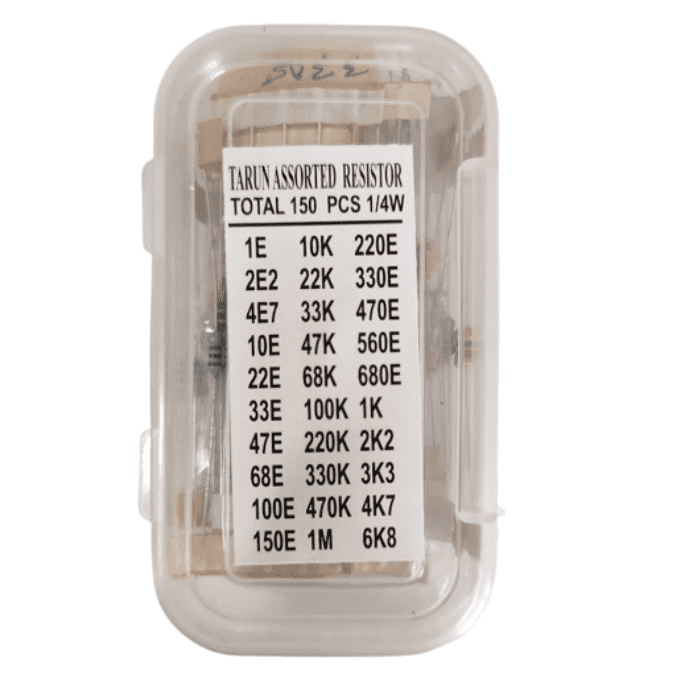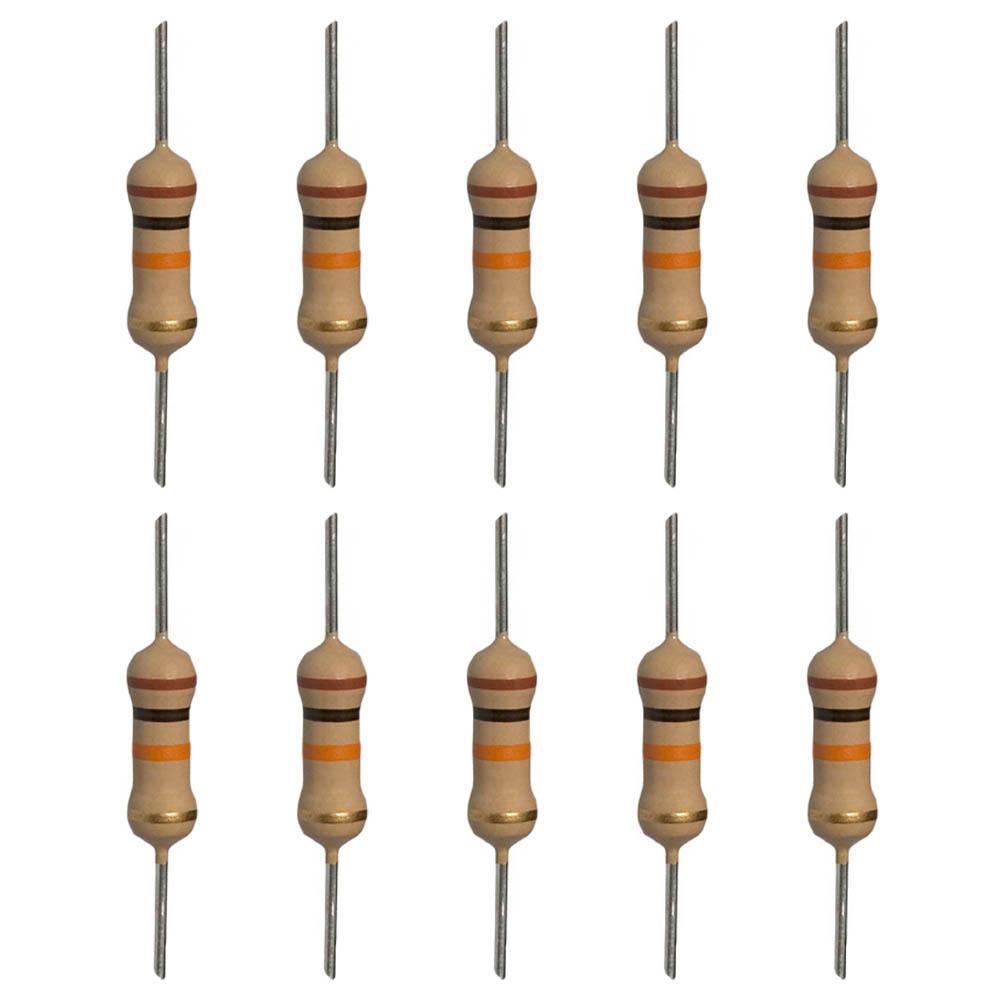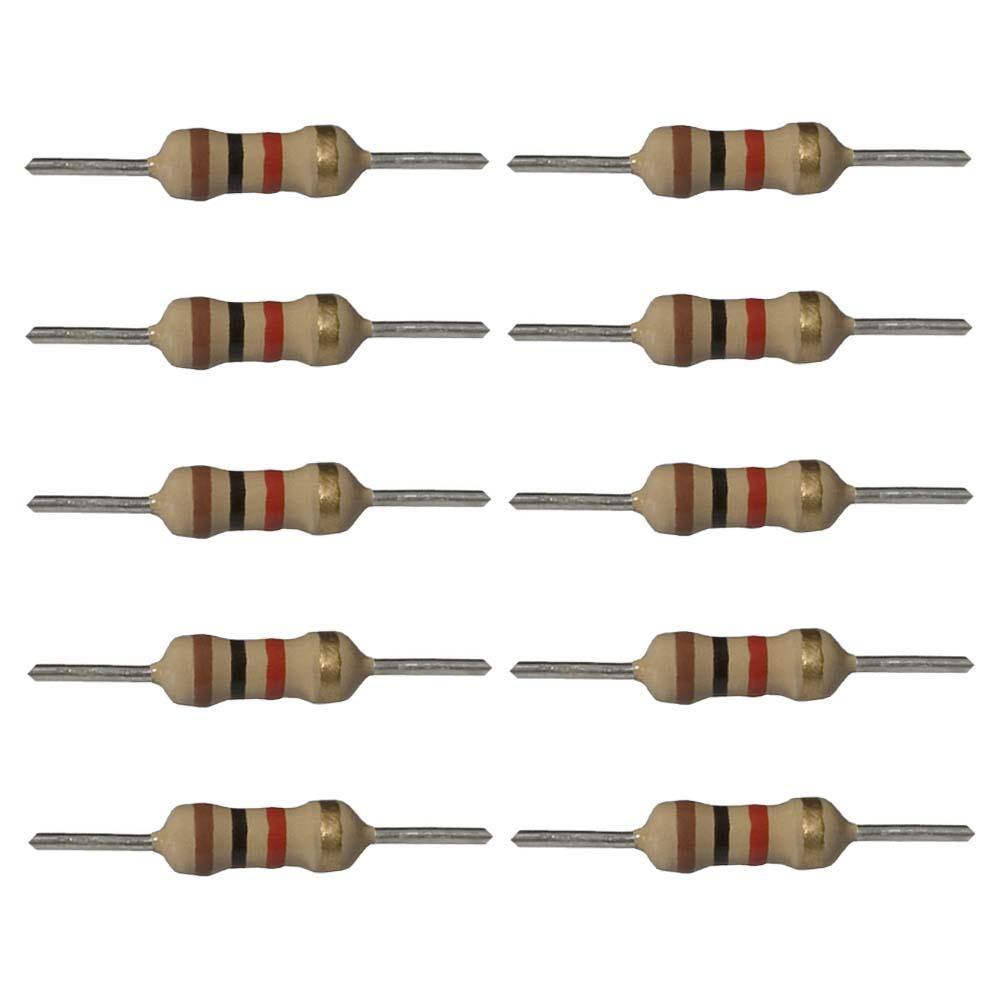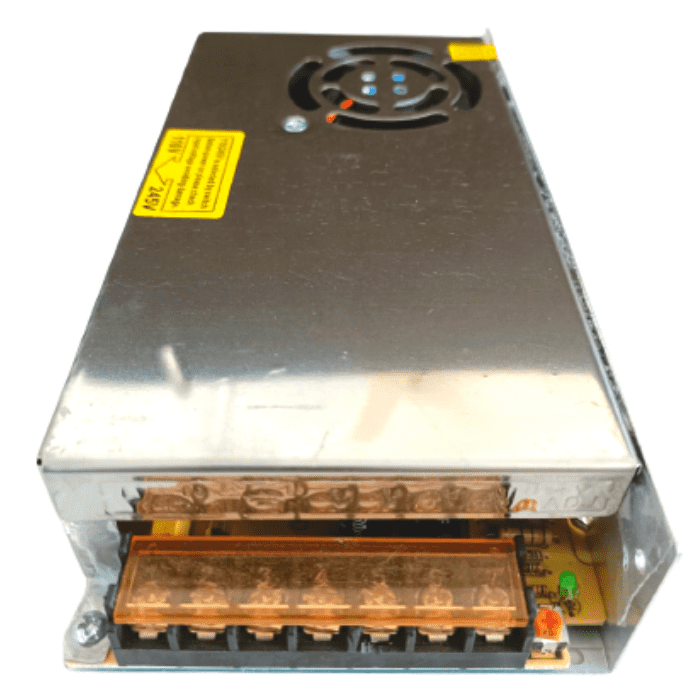Introduction
As a maker, having a solid understanding of basic electronic components is paramount to success.
These components form the building blocks of any circuit or project, and grasping their functionalities and applications lays the groundwork for effective circuit design and troubleshooting.
Imagine trying to construct a complex piece of furniture without knowing the purpose of a screwdriver or a hammer – it would be a daunting, if not impossible, task.
Similarly, diving into maker projects without comprehending the roles and behaviors of fundamental components like breadboards, resistors, and operational amplifiers can lead to frustration and subpar results.
By taking the time to understand these essential components, you'll not only streamline the assembly process but also gain the ability to identify and resolve issues more efficiently.
This knowledge empowers you to approach projects with confidence, make informed decisions, and ultimately create circuits that function as intended.
Overview of Common Components
In this comprehensive guide, we'll explore the following key components that form the backbone of countless maker projects:
- Breadboards: Solderless prototyping tools for rapidly assembling and testing circuits.
- Wires (Jumper Wires): Conductive connectors that link components on a breadboard.
- Operational Amplifiers (Op-Amps): Versatile integrated circuits used for amplifying and processing analog signals.
- Transistors: Semiconductor devices capable of switching, amplifying, and controlling electronic signals.
- Resistors: Essential components that regulate current flow in accordance with Ohm's Law.
- Capacitors: Devices that store and release electrical energy, smoothing out voltage fluctuations.
- Power Supplies: Sources that provide the necessary voltage and current to power your circuits.
- Multimeters: Indispensable tools for measuring and troubleshooting electrical parameters.
Breadboards and Wiring

What is a Breadboard?
A breadboard is a reusable solderless device designed for prototyping and testing electronic circuits.
Its surface is comprised of numerous interconnected nodes, arranged in rows and columns, which allow for the temporary placement and connection of components.
Unlike a traditional printed circuit board (PCB), where components are soldered in place, a breadboard enables rapid experimentation and reconfiguration without the need for soldering.
This flexibility is invaluable for makers, as it allows you to iterate and refine your designs quickly and efficiently.
The interconnected nodes on a breadboard are organized in a specific pattern, with some rows acting as power rails for distributing voltage and ground connections.
Understanding this layout is crucial for properly connecting components and ensuring your circuit functions as intended.
Breadboarding Wires (Jumper Wires)
Breadboarding wires, commonly referred to as jumper wires, are the conductive connectors that allow you to link components and create circuits on a breadboard.
These wires, typically insulated and color-coded for easy identification, are essential for establishing electrical connections between various nodes and components.

While it may seem straightforward, the proper use of breadboarding wires is critical for maintaining a well-organized and comprehensible circuit layout.
A tangled mess of disorganized wires can quickly lead to confusion, making it challenging to identify connections and debug issues.
To maintain a clear understanding of your circuit, it's essential to route wires neatly and keep them as flush to the breadboard surface as possible.
Organize your wires in a logical manner, and consider using different colors or labels to differentiate between power, ground, and signal connections.
Transistors
What are Transistors?
Transistors are semiconductor devices that form the foundation of modern electronics.
They are essential components capable of controlling and amplifying electronic signals, acting as switches, gates, or amplifiers depending on their configuration.

The growth and miniaturization of transistors have played a pivotal role in the advancement of technology, as predicted by Gordon Moore's famous observation, known as Moore's Law.
In 1975, Moore theorized that the number of transistors in an integrated circuit would double approximately every two years, a prediction that has largely held true and fueled the rapid progress in computing power and electronic devices.
Understanding the inner workings and applications of transistors is crucial for makers, as they are present in virtually every electronic circuit and device, from simple amplifiers to complex microprocessors.
Transistor Terminals and Operation
Transistors typically have three terminals: a base, a collector, and an emitter. The flow of current between the collector and emitter terminals is controlled by the voltage or current applied to the base terminal.
There are two main types of transistors: NPN and PNP. In an NPN transistor, a small current flowing into the base allows a much larger current to flow from the collector to the emitter.

Conversely, in a PNP transistor, a small current flowing out of the base allows a larger current to flow from the emitter to the collector.
By carefully controlling the base current or voltage, transistors can act as switches, amplifiers, or gates, enabling a wide range of electronic applications.
For example, transistors can be used in amplifier circuits to boost weak signals, or in digital logic circuits to implement Boolean operations like AND, OR, and NOT gates.
Transistors can also be used as switches to control the flow of current in a circuit. When the base is not activated, the transistor acts as an open switch, preventing current from flowing between the collector and emitter.
However, when the base is activated, the transistor acts as a closed switch, allowing current to flow freely.
Understanding the characteristics and behavior of transistors is crucial for makers, as they play a vital role in countless electronic devices and circuits, from simple LED drivers to complex microprocessors and power supplies.
Resistors
Understanding Resistors
Resistors are passive electronic components that introduce resistance to the flow of electric current in a circuit.
Their primary function is to control and limit the amount of current flowing through a particular path, in accordance with Ohm's Law: V = IR, where V is the voltage, I is the current, and R is the resistance.

Knowing the resistance value of a resistor, measured in Ohms (Ω), is crucial for designing and analyzing circuits.
A higher resistance value will result in less current flowing through the resistor, while a lower resistance value will allow more current to pass.
Resistors are essential components in countless electronic circuits, serving various purposes such as setting bias levels, controlling gain, and protecting sensitive components from excessive current.
They are also used as voltage dividers, current limiters, and load resistors, making them indispensable for regulating and managing the flow of electricity.
Resistor Color Codes
To identify the resistance value of a resistor, manufacturers use a color coding system printed directly on the component's body.
This color code consists of colored bands that correspond to specific numerical values and multipliers.
The first two or three bands represent the significant digits of the resistance value, while the third or fourth band indicates the multiplier (a power of 10).

An additional band may be present to denote the resistor's tolerance (the acceptable deviation from the stated resistance value).
For example, a resistor with the color bands brown, black, red, and gold would have a resistance value of 1,000 Ohms (or 1 kΩ) with a tolerance of ±5%.
To simplify the process of decoding resistor color codes, numerous online calculators and charts are available.
These resources can quickly translate the colored bands into the corresponding resistance value, saving time and reducing the risk of errors.
Safety Considerations with Resistors
While resistors are generally considered safe components, it's essential to exercise caution when working with them, especially in high-power or high-voltage circuits.
Incorrect resistor values or wattage ratings can lead to overheating, component failure, or even fire hazards.
Always ensure that the resistor you're using has a sufficient wattage rating for the expected power dissipation in your circuit.
Resistors can become extremely hot when subjected to high currents, posing a burn risk if handled carelessly.
Additionally, it's crucial to follow proper safety protocols when working with electronic circuits, such as using appropriate protective equipment (e.g., safety glasses, insulated tools) and adhering to electrical safety guidelines.
Capacitors
The Role of Capacitors
Capacitors are passive electronic components that store and release electrical energy in the form of an electrostatic field.
They play a crucial role in smoothing out voltage fluctuations and ensuring a consistent, predictable flow of current in electronic circuits.

In essence, capacitors act as temporary reservoirs for electrical charge, accumulating and releasing energy as needed.
This behavior makes them invaluable for filtering, timing, and decoupling applications, where they help maintain stable voltages and prevent unwanted noise or ripple from affecting sensitive components.
Capacitors are widely used in various circuits, including power supplies, filters, oscillators, and timing circuits.
They are also essential components in many types of sensors and transducers, helping to condition and stabilize signals for accurate measurements.
Capacitor Ratings
Capacitors are rated based on their capacitance, which is a measure of their ability to store electrical charge.
The higher the capacitance value, measured in Farads (F) or more commonly microfarads (μF) or picofarads (pF), the more charge the capacitor can hold.
In addition to capacitance, capacitors are also rated for their voltage tolerance and dielectric material.

The voltage rating indicates the maximum voltage that can be safely applied across the capacitor without risking damage or breakdown of the dielectric material.
Choosing the appropriate capacitor with the right capacitance and voltage rating is crucial for ensuring the proper operation and longevity of your electronic circuits.
Using capacitors with insufficient ratings can lead to component failure, instability, or even safety hazards.
Power Supplies
Types of Power Supplies
Power supplies are essential components in any electronic circuit, providing the necessary voltage and current to drive the various components and ensure proper functionality.
There are several types of power supplies available, each suited for different applications and requirements.

Some common types of power supplies include:
- Batteries: Portable and self-contained power sources, ranging from disposable alkaline batteries to rechargeable lithium-ion or lead-acid batteries.
- Linear Power Supplies: These power supplies use a transformer and rectifier to convert AC mains voltage to a regulated DC output voltage.
- Switched-Mode Power Supplies (SMPS): Highly efficient power supplies that use switching regulators to convert input voltage to the desired output voltage.
- Unregulated Power Supplies: Simple power supplies that provide a fixed output voltage without regulation, often used in low-power or non-critical applications.
- Adjustable Power Supplies: Power supplies that allow the user to manually adjust the output voltage or current, useful for testing and prototyping purposes.
Selecting the appropriate power supply for your project is crucial, as it ensures that your circuit receives the correct voltage and current levels, while also considering factors such as efficiency, portability, and overall power requirements.
Safety Considerations with Power Supplies
While power supplies are essential for powering electronic circuits, they can also pose potential safety risks if not handled properly.
High voltages and currents can be dangerous, potentially causing electric shocks, burns, or even fires.
It's crucial to follow proper safety protocols when working with power supplies, such as:
- Ensuring that the power supply is properly grounded and that all connections are secure and insulated.
- Avoiding exposed conductors or terminals that could create shock hazards.
- Using appropriate fuses or circuit breakers to protect against overcurrent situations.
- Adhering to the manufacturer's recommended operating conditions and limitations.
- Exercising caution when working with high-voltage or high-current power supplies.
Additionally, it's important to follow general electrical safety practices, such as working in a dry and well-ventilated area, wearing appropriate personal protective equipment (PPE), and unplugging power sources before making any connections or modifications to the circuit.
By understanding the potential risks and taking necessary precautions, makers can enjoy the benefits of power supplies while ensuring a safe and secure working environment.
Multimeters
Importance of Multimeters
In the world of electronics and maker projects, a multimeter is an indispensable tool for measuring and troubleshooting electrical parameters.
This versatile instrument combines several functions into a single device, allowing makers to accurately measure voltage, current, resistance, and other electrical quantities.

Without a multimeter, diagnosing and resolving issues in electronic circuits can be a daunting task.
Multimeters provide invaluable insights into the behavior of your circuit, enabling you to identify potential problems, verify component values, and ensure that everything is functioning as intended.
Whether you're a hobbyist tinkering with simple circuits or an experienced maker tackling complex projects, a high-quality multimeter should be a staple in your toolkit.
Its ability to quickly and precisely measure electrical quantities can save you countless hours of frustration and guesswork, making it an essential companion for any maker's journey.
Using Multimeters for Troubleshooting
One of the primary applications of a multimeter is troubleshooting electronic circuits and identifying issues that may arise during the prototyping or testing phases.

By using the multimeter's various measurement modes, you can systematically check different aspects of your circuit and pinpoint the source of any problems.
For example, if a particular component or subsystem is not functioning as expected, you can use the multimeter to measure the voltage at various points in the circuit, ensuring that the correct voltage levels are present.
Conclusion
we've journeyed through the fundamental building blocks of electronics. From understanding the intricate pathways of breadboards to mastering the amplifying wonders of transistors, and the resistance of resistors, we've equipped you with the essentials.
Capacitors, power supplies, and the precision of multimeters have all found their place in your arsenal. Now armed with this knowledge, let's embark on electrifying creations, unleash boundless innovation, and illuminate the world with the spark of our circuits.




